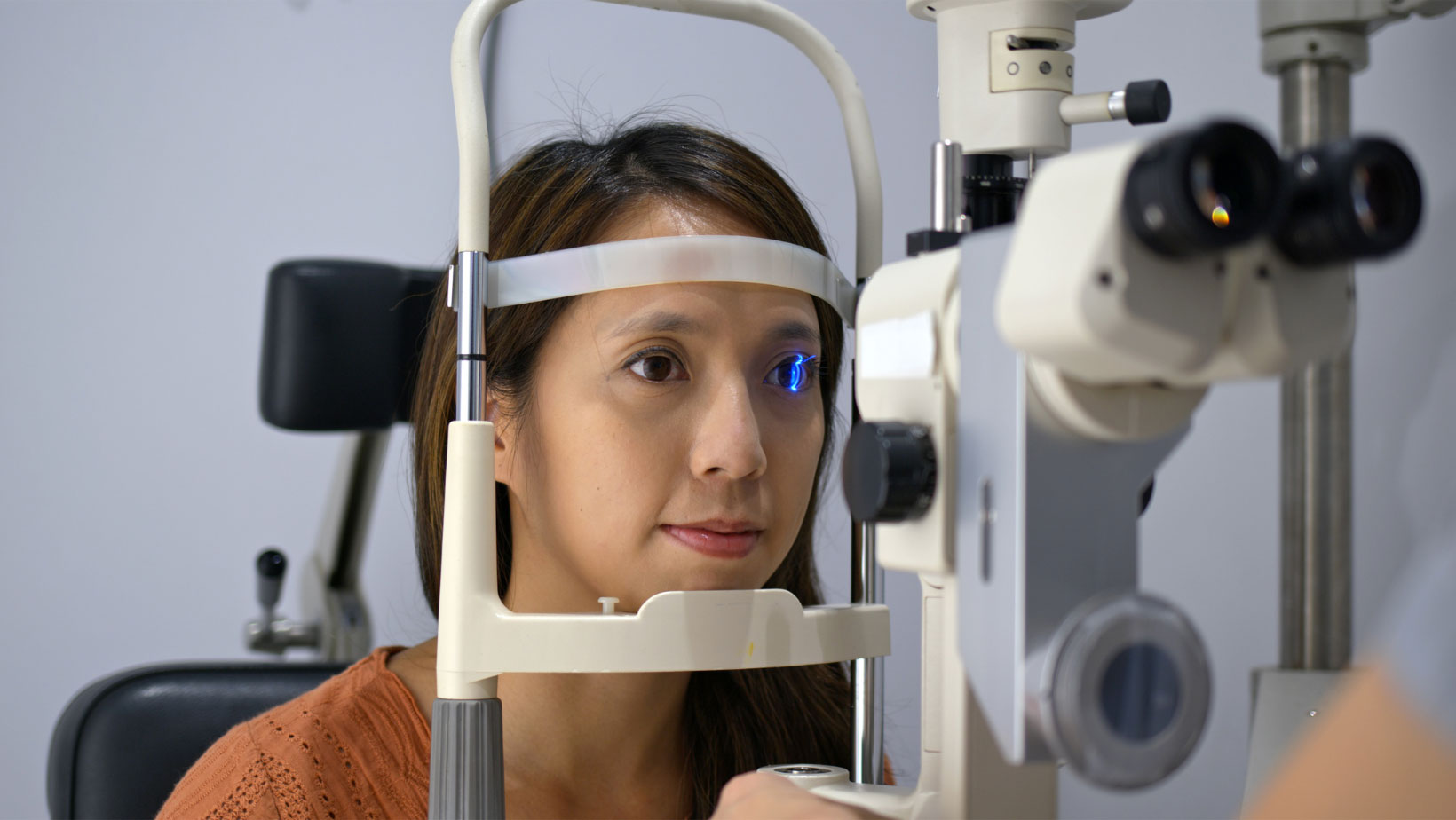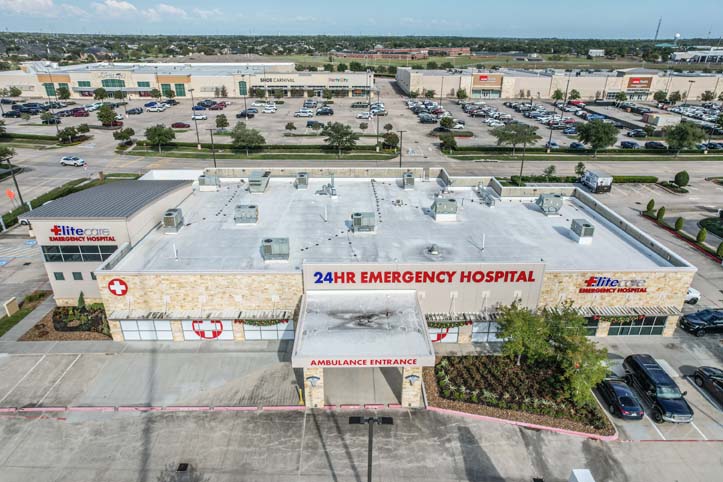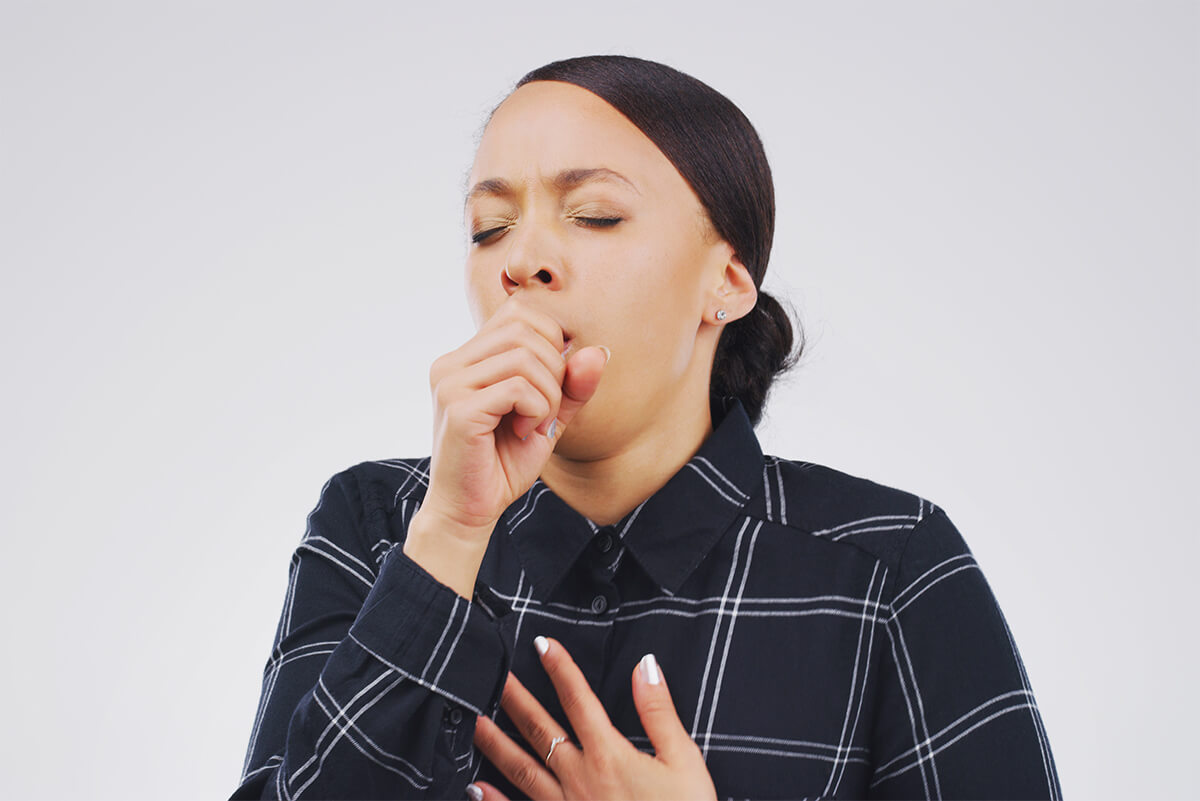
April is Women’s Eye Health & Safety Month. Most women don’t think about their eye health until there’s a problem. And by then, it may be too late. Women are more likely than men to have vision problems. That’s why it’s important for all women to know the basics of eye health and take care of their sight. Let’s discuss some common vision problems women face and give you tips on protecting your eyesight.
Vision Disorders and Ocular Diseases
Globally, cataracts and age-related macular degeneration cause more women than males to be blind or have poor vision (AMD). Moreover, autoimmune disorders and dry eye disease affect women more commonly than men.
Uncorrected Ametropia
Including myopia, hyperopia, astigmatism, and presbyopia, is a major contributor to global visual impairment and is expected to affect 237 million people, mostly women. Older people, women, and ethnic minorities like Hispanics and Black Americans are especially at risk for vision impairment brought on by uncorrected ametropia in the United States. Uncorrected ametropia is easily treatable with a thorough eye exam and subsequent ophthalmic, contact lens, or surgical intervention. These communities should be the focus of screening programs to raise awareness of the productivity loss and overall impact that visual impairment can have on the quality of life.
Dry Eye Disease
A prevalent ocular ailment that primarily affects women, dry eye disease (DED) is characterized by aging-related symptoms of ocular pain, dryness, fluctuating vision, and light sensitivity. DED can be brought on by a lack of tear film, an increase in the evaporation of already present tears, or a combination of the two. Moreover, iatrogenic causes such as pharmaceutical use, contact lens wear, or ocular surgery may cause it.
Cataract
The most common cause of visual impairment worldwide, cataract, is significantly connected with aging and affects women more frequently than males. More women than males undergo cataract surgery, although many countries restrict access to surgery. This may be partially explained by women’s higher capacity to communicate visual concerns impairing their way of life and their propensity to seek medical guidance more frequently.
Glaucoma
The prevalence of glaucoma increases with age and in females. It is thought that lowering estrogen levels associated with menopause may make the optic nerve more susceptible to glaucomatous injury. Although additional research is required to comprehend the part that sex hormones play in glaucoma ultimately.
(Modern Optometry)
What Can Women Do to Protect Their Eyesight
Our risk for eye disease can be decreased by our lifestyle decisions, which are not very significant. These are some fundamentals:
- Avoid smoking: Smoking has been related to a number of eye conditions, including AMD, cataracts, glaucoma, and the uncommon condition Fuchs endothelial corneal dystrophy, which causes blurry vision. Smoking may make diabetic retinopathy worse and is associated with retinal vascular occlusions and strokes.
- Adopt a balanced diet: Dietary recommendations that support heart health also support eye health. The retina and the eye’s lens both contain the carotenoids lutein and zeaxanthin. They are believed by scientists to be able to prevent AMD and cataracts by delaying the oxidative and light-induced damage that causes it. These substances are present in deep-green, leafy plants.
- Wear sunglasses: When you’re outside, always wear sunglasses and a hat with a brim, and keep in mind that even on cloudy days, you can be exposed to ultraviolet rays. Long-term exposure to intense sunshine may be linked to AMD and cataracts.
- Wear protective eyewear: When you engage in activities where something could go into your eye and cause injury, such as playing sports, gardening, cleaning with chemicals, or being around explosives, make a habit of wearing protective eyewear.
- Clean makeup brushes: Keep your makeup brushes and eyelash curler clean, and replace your eye makeup every three months.
Women’s Eyes Need Special Attention
Eye care is important for both men and women, but women have a greater risk of developing certain ocular conditions. Regular eye exams are essential for early detection of any underlying issues. Women should also be aware that hormonal changes in their bodies can increase their risk for various eye diseases over time, particularly during the menopausal years.
Works Cited
“Ocular Diseases That Are More Common in Women.” Modern Optometry, Bryn Mawr Communications, modernod.com/articles/2020-july-aug/ocular-diseases-that-are-more-common-in-women?c4src=article%3Ainfinite-scroll.
“Women’s Eye Health: What You Need to Know about Higher Risks.” University of Utah Health, healthcare.utah.edu/healthfeed/postings/2021/04/women-eye-health.php.
















